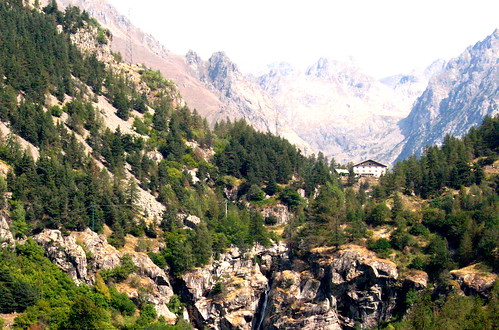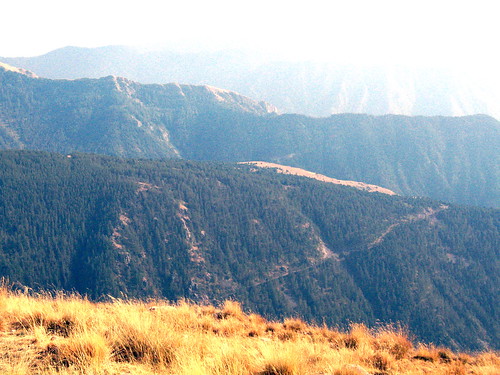We kicked of Module 3, on our 3 year 6 module Service Management training this week. Seventeen energetic and ready-to -go ‘students’ worked for the days getting to grips with marketing of services and the role of loyalty and satisfaction.
We wrapped up the 3 days with a ProActionCafe – a great new tool that we learned at our Art of Hosting training in Aarhus in August. The cafe combines the best of World Cafe, Open Space Technology and Action Learning.
Four students hosted 4 workshop on developing the focus for their action learning question – the question they will work on for the next 16 weeks and that will form the basis of their final written assignment in December. The Proaction Cafe was hosted by Kathrine Procter who is the Program Manager on this module and works with structured questioning in three rounds. Each round has 3 new expert help the host develop depth, perspective and action items on the chosen question.
The feed back afterwards was awesome – not only did the 4 hosts declare that for the first time did they have a clear focus on their assignment at a very early stage but the other participants also felt that they had learned a lot about how they could approach their learning question.
An unexpected bonus that we had not thought of was that participants felt that working in the ProAction Cafe format also gave them a great opportunity to recapitulate the learning from the three previous days as they wove these topics into the problem solving discussion at the tables. It does not get much better in my world.
Powerful stuff – that we will develop further.





